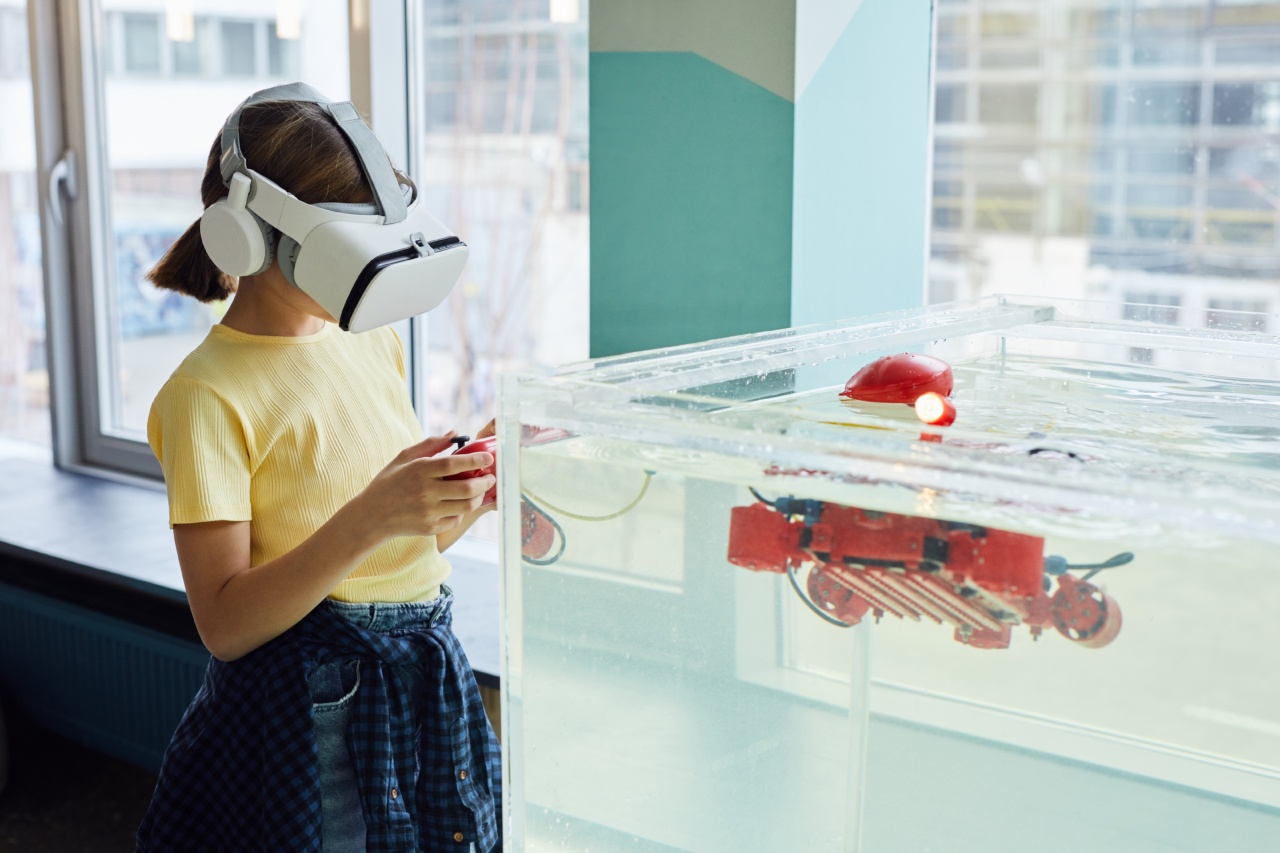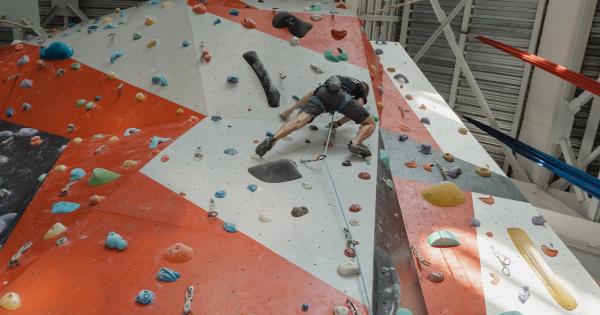Amblyopia, also commonly known as “lazy eye,” is a vision disorder that affects around 3% of the global population. It is characterized by reduced vision in one or both eyes, even with correction from glasses or contact lenses.
Amblyopia usually develops during childhood and can lead to lifelong vision impairment if left untreated.
Traditional Treatment for Amblyopia
The traditional treatment for amblyopia is patching of the stronger eye to force the amblyopic eye to work harder, usually for several hours a day.
This method can be effective, but it can be strenuous for the patient, especially for children who often resist wearing the eye patch. It can also be challenging to monitor the patient’s compliance with the patching routine.
Virtual Reality Games for Amblyopia
Recently, virtual reality (VR) games have emerged as a potential treatment for amblyopia. VR games can create an immersive and engaging environment that can encourage patients to use their amblyopic eye.
Because they are fun and interactive, they can enhance the patient’s motivation and compliance with treatment.
How Virtual Reality Games Work
VR games for amblyopia usually present different visual stimuli to each eye and encourage the patient to interact with the game.
For example, the amblyopic eye might see objects that need to be collected or avoided, while the strong eye sees distracting or irrelevant objects. The game can also adjust the image presented to each eye to gradually increase the difficulty level and encourage the amblyopic eye to work harder.
Evidence for the Efficacy of VR Games for Amblyopia
Several studies have investigated the effectiveness of VR games for amblyopia.
A meta-analysis of 12 randomized controlled trials (RCTs) found that VR games were significantly more effective than conventional patching methods in improving visual acuity in children with amblyopia.
Another study compared VR games with an iPad game and patching and found that the VR game group had significantly better visual acuity improvement compared to the other two groups.
A study on adults with amblyopia found that those who used VR games had improved visual acuity and depth perception compared to a sham treatment group.
Overall, the evidence suggests that VR games can be a safe and effective treatment option for amblyopia.
Advantages of VR Games for Amblyopia
There are several advantages of using VR games for amblyopia treatment:.
- Engaging and fun: Patients are more likely to comply with treatment if it is enjoyable and entertaining.
- Non-invasive: VR games do not involve physical patching or surgery, making them less invasive and less likely to cause discomfort or side effects.
- Personalized: VR games can be tailored to the patient’s individual needs and preferences, making the treatment more effective and customized.
- Remote monitoring: Patients can use VR games at home and their progress can be monitored and adjusted remotely by healthcare providers.
Limitations of VR Games for Amblyopia
Despite the potential benefits, VR games for amblyopia have some limitations:.
- Cost: VR equipment and software can be expensive, and not all patients may have access to them.
- Discomfort: Some patients might experience motion sickness or discomfort while using VR equipment, which can affect the compliance and outcomes of the treatment.
- Effectiveness: Although VR games have shown promising results in improving visual acuity in amblyopia, their long-term effects and comparison to other treatments are still uncertain.
Conclusion
Virtual reality games have emerged as a promising treatment option for amblyopia. They are engaging, non-invasive, and personalized, and they have shown to be more effective than conventional patching methods.
However, their limitations, such as cost, discomfort, and uncertain long-term effects, need to be considered. VR games for amblyopia should be used under the supervision of healthcare providers and in combination with other treatments if necessary.






























